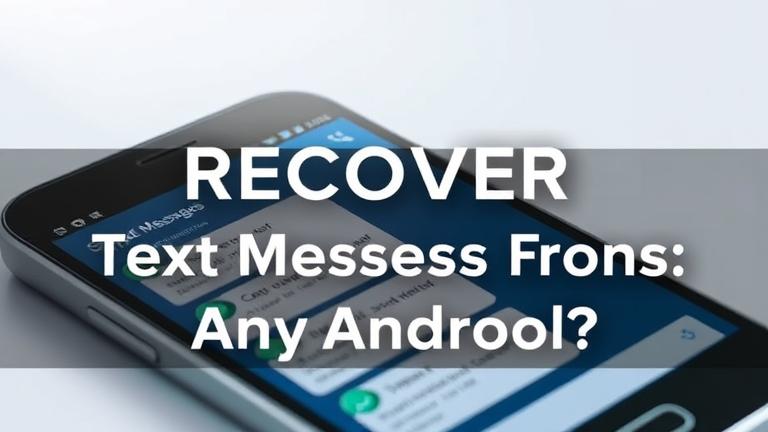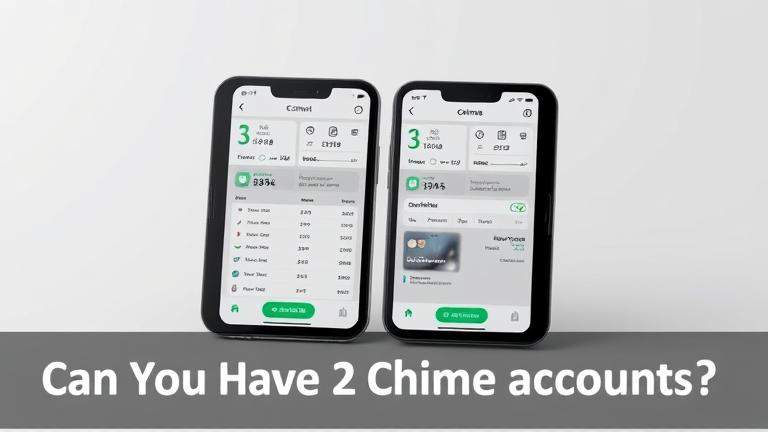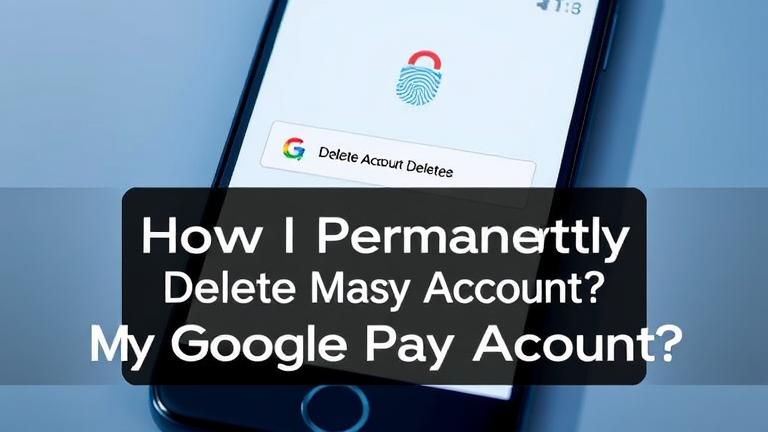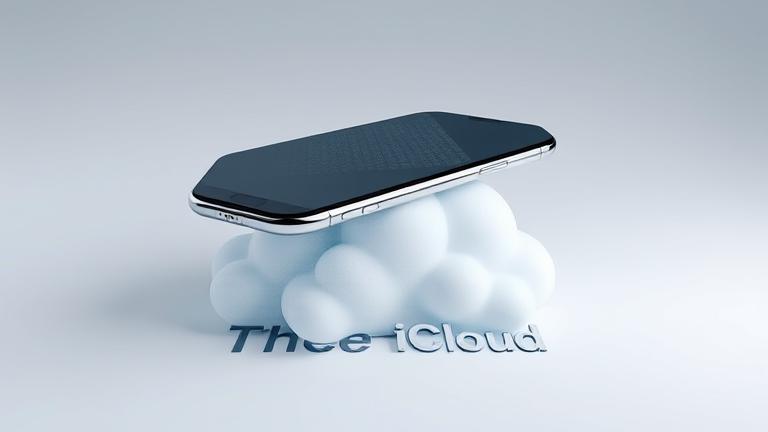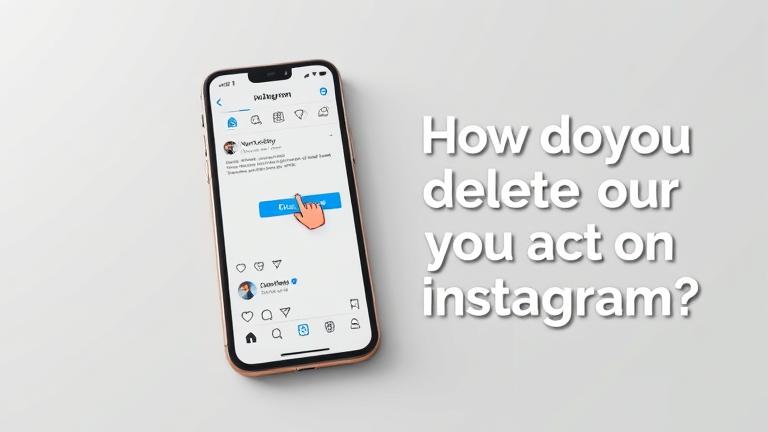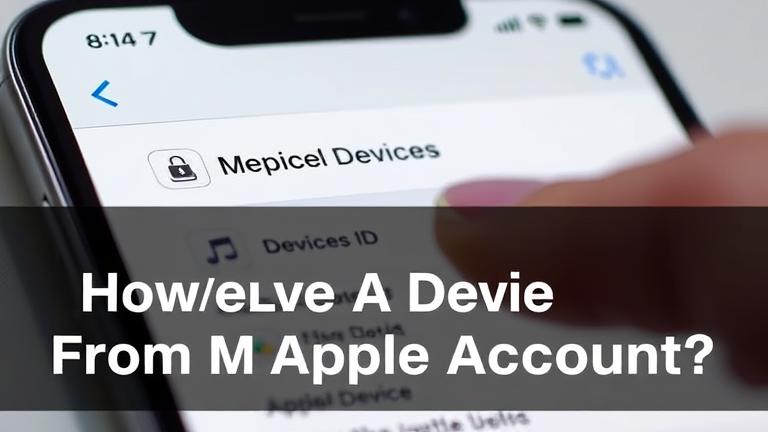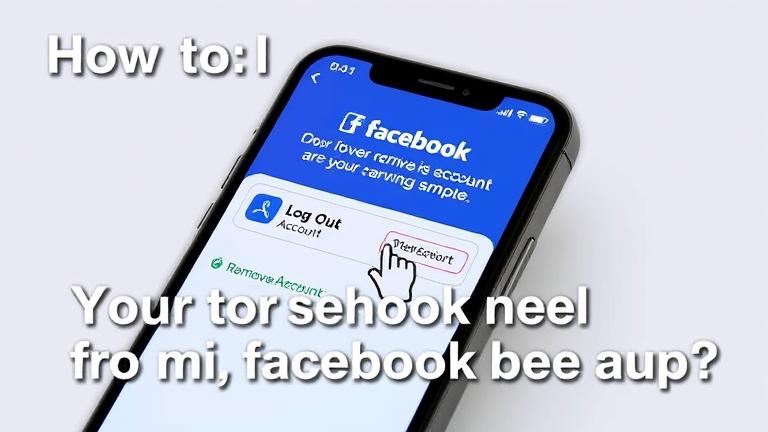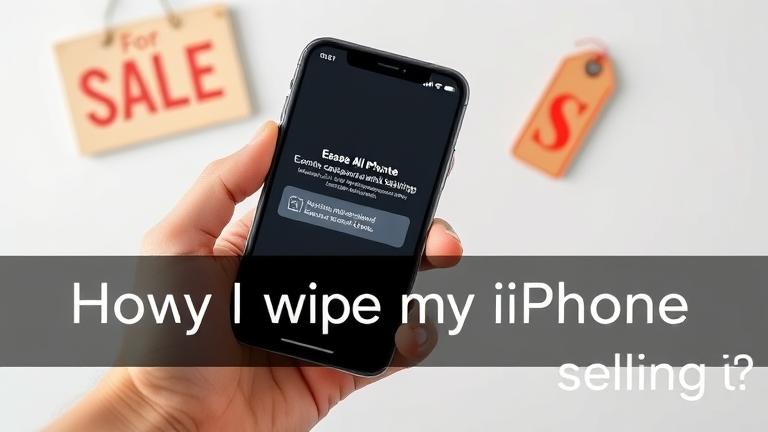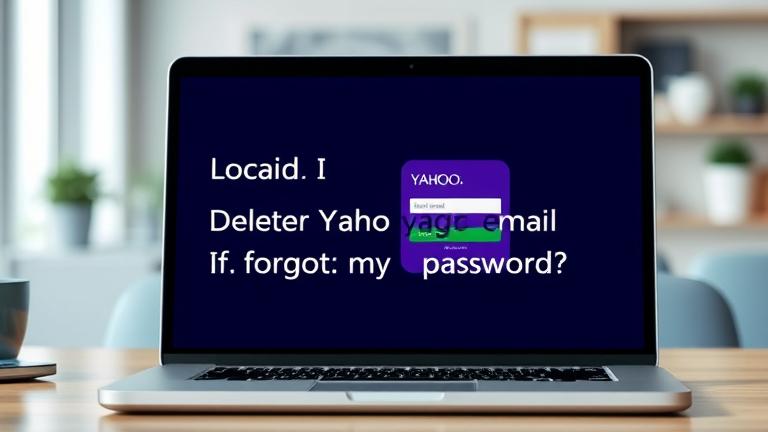Step-by-Step Guide to Recovering Deleted Text Messages on Android
Recovering deleted text messages on Android devices requires a combination of the latest tools and careful techniques. To maximize your success, it’s important to follow a structured process that leverages specialized recovery software, device settings, and best practices.
Initially, selecting reliable data recovery software is crucial. Popular options include Dr.Fone, DiskDigger, and Tenorshare UltData. Make sure the software is compatible with your device’s Android version and has good user reviews.
Once you have chosen the software, download it from the official website. Installation on your PC or Mac is straightforward—follow the on-screen instructions carefully to avoid any malware risks.
Next, enable USB debugging on your Android device:
- Navigate to Settings > About Phone.
- Tap ‘Build Number’ seven times to unlock Developer Options.
- Go back to Settings > Developer Options and turn on ‘USB Debugging.’
Connect your device to the computer via USB cable, selecting the ‘File Transfer’ or ‘MTP’ mode. You might be prompted on your device—authorize the connection to continue.
Open the recovery software and select your device from the list of detected devices. Accept any prompts regarding USB debugging to enable communication between the device and the software.
Choose ‘Messages’ or ‘SMS’ from the recovery options, then initiate a scan. The process may take some minutes, depending on your device’s storage size.
Once the scan completes, review the recoverable messages. Most tools allow you to preview the message contents, helping you identify important data.
Select the desired messages and click ‘Recover.’ Save the restored messages to your computer or directly transfer them back to your Android device.
Additional Tips:
- Always use software from official sources to avoid security risks.
- Do not disconnect your device during scanning to prevent data corruption.
- Regularly back up your Android data to minimize future data loss. Consider cloud backups or local storage solutions.
By diligently following these steps, you maximize your chances of successfully retrieving deleted messages and prevent permanent data loss.
Recovering Deleted Text Messages on Android Without Rooting
If your goal is to recover deleted texts without rooting your device, there are several effective methods. The first step is to check whether your messages were backed up prior to deletion. Many users enable automatic backups to Google Drive, which can be restored easily:
Navigate to Google Backup in device settings, and verify if SMS backups are available for restoration.
Many Android devices also support built-in data recovery features via manufacturer apps or carrier services that do not require root access. These tools can scan for deleted data safely and help recover messages without voiding warranties.
Third-party tools like Dr.Fone and DiskDigger offer non-root recovery options. When connected to a computer, these apps analyze internal storage for deleted SMS data. It’s essential to act quickly—stop using the device to prevent overwriting, and initiate recovery promptly.
Remember, success hinges on speed and cautious device handling. These methods enable you to restore messages efficiently without voiding your warranty or risking device stability.
Tip: Acting quickly and avoiding new data writes maximizes your recovery chances, especially when working without root access.
Best Backup Strategies to Prevent Future Data Loss
Implementing consistent backup routines is vital for safeguarding your text messages and overall data integrity. Cloud services like Google Drive, iCloud, and OneDrive facilitate automatic backups of contacts, messages, apps, and media files. Many messaging apps, including WhatsApp and iMessage, offer built-in backup options that sync your data securely with cloud storage, enabling quick restore on new devices or after accidental deletions.
Manual backups are also beneficial—periodically export your messages to local storage or secure external drives. Scheduling regular backups ensures that in the event of device failure, theft, or accidental deletion, your data remains accessible.
Enabling device encryption, securing your account with strong passwords, and using two-factor authentication add layers of protection against malicious access and hacking attempts. Keeping your software updated reduces vulnerabilities, making your device less susceptible to malware that could wipe your data maliciously.
By integrating these preventative measures into your routine, you can significantly reduce the risk of permanent data loss and ensure swift recovery when needed.
For detailed tips on securing your information, visit this comprehensive guide.
